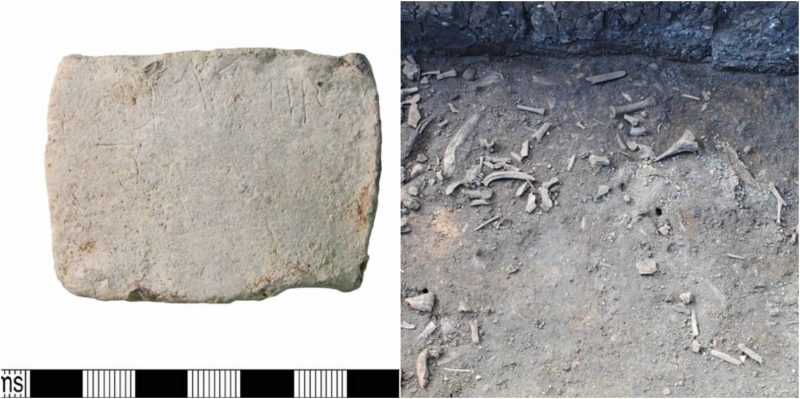When one looks at it, it doesn’t seem so special. In fact, people probably walk or drive past the area without thinking twice about it. What is it? It’s a barley field in the middle of the Fens.
Just recently, however, it’s been determined that this field could be one of the most significant finds in the area. By pure luck, archaeologists found a site that dates back to 750 AD in that field, indicating that it was once a center for international trade. They believe that monks, priests, and noblemen had lived there on what used to be an island until it was abandoned around the time Vikings came to pillage the British Isles.
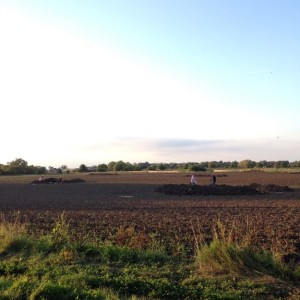
Some of the artifacts found in the area include ornate silver writing tools, coins, brooches, and lead weights. This would suggest that an unknown monastery or trading center once stood there. It is believed that the site, discovered at Little Carlton near Louth in Lincolnshire, had been in use for a couple hundred years. During the Anglo-Saxon times, the area was an island in a channel -off the river Lud, just five miles from the coast. Centuries of drainage have made it the solid ground it is now.
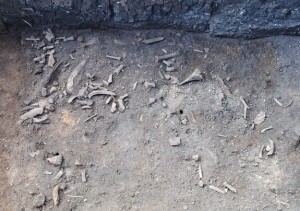
Thankfully, a metal detectorist named Graham Vickers was in the area looking for treasures. His metal detector picked up an ornate, silver pen-like object in the plowed field. The pen, was in fact, used for writing on a wax tablet. Vickers immediately reported his find to the local board of antiquities. However, the find, which was made in 2011, was kept quiet until the site could be fully excavated, in order to protect any items from being stolen or sold from the area.
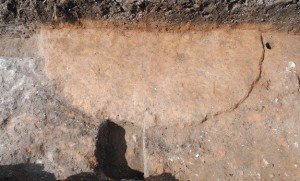
After more excavating was done, there were 21 styli found in total, as well as 300 dress pins and around 100 silver coins that dated from 680 to 790 AD. In the archaeologists’ opinion, one of the most important finds on the site was a small lead tablet which had a woman’s name on it. The woman’s name was Cudburg. While it seems like an odd name, it was actually a quite popular name in the Middle Saxon period. It had been scratched into the tablet by hand. It seems like it wouldn’t have been a big deal, that it had been hand-scribed, but archaeologists said that the style of writing in the tablet suggests that Cudburg had been used to writing on vellum scrolls, and had had some difficulty with scratching her name into the lead tablet.
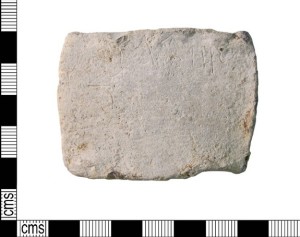
An archaeologist from Sheffield University, Dr. Hugh Willmott, said that it is nearly impossible to imagine just how many items they have found on that one site. So far they’ve located hundreds of different items such as jewelry, dress accessories, Anglo-Saxon pins, lead weights, bits of glass from vessels, and gaming counters. He added that this is the largest group of Anglo-Saxon artifacts ever found.
Willmott explained that there had to have been monks and priests present at the settlement since all of the writing was associated with the church. He also expressed that the Cudburg tablet was the most exciting item of all. The woman had scratched her name in the lead and then threw away the tablet. He explained that it was almost like touching a real person even when all that survives from that person is the lead tablet.
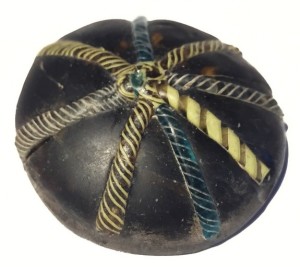
The settlement measured from 820 feet by 656 feet. Willmott said that the area would have been quite significant in the Anglo-Saxon kingdom of Lindsey. It would later become part of Northumbria. The presence of all of the different coins on the site suggested that trading would have taken place with all of Western Europe. However, that all ended when the Vikings invaded the area. The archaeologists are still deciding whether the people who lived on the settlement moved away or were forced to leave after the whole town was set on fire. Unfortunately, they may never find out.
